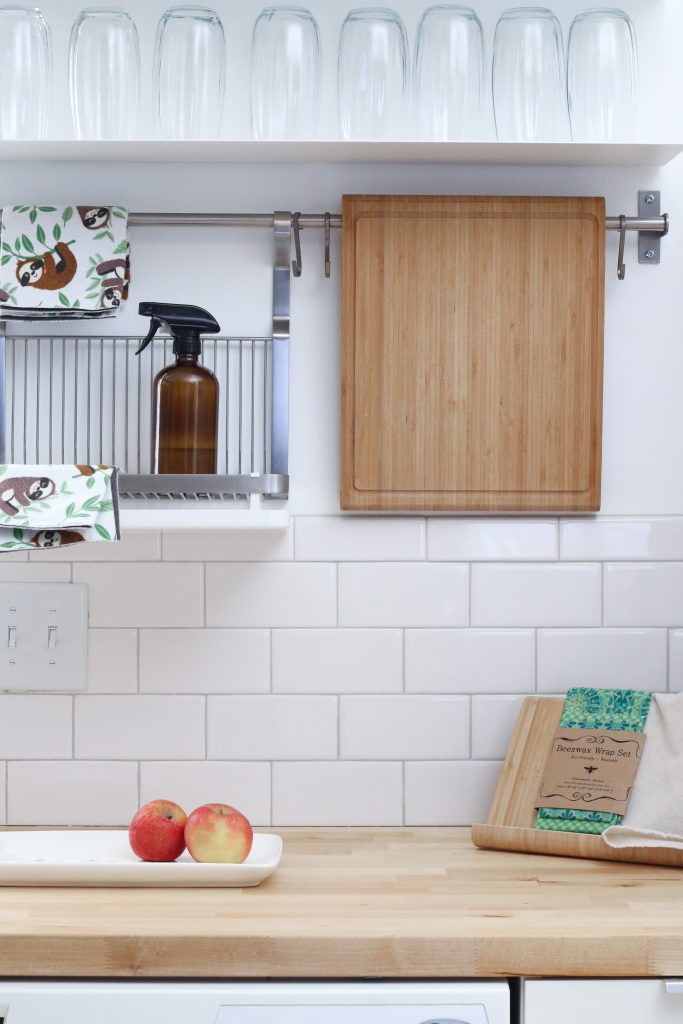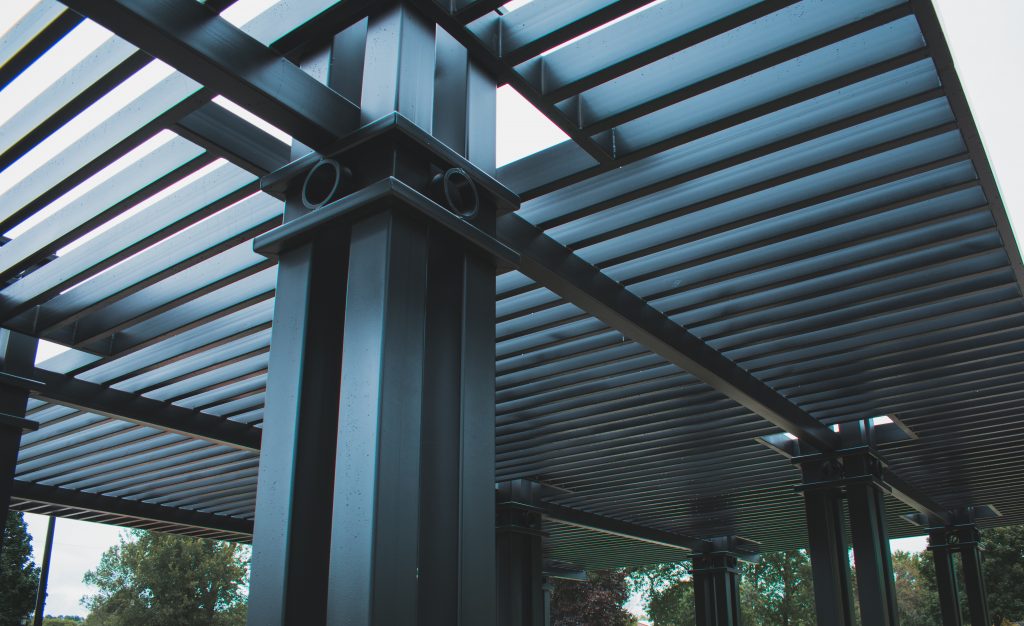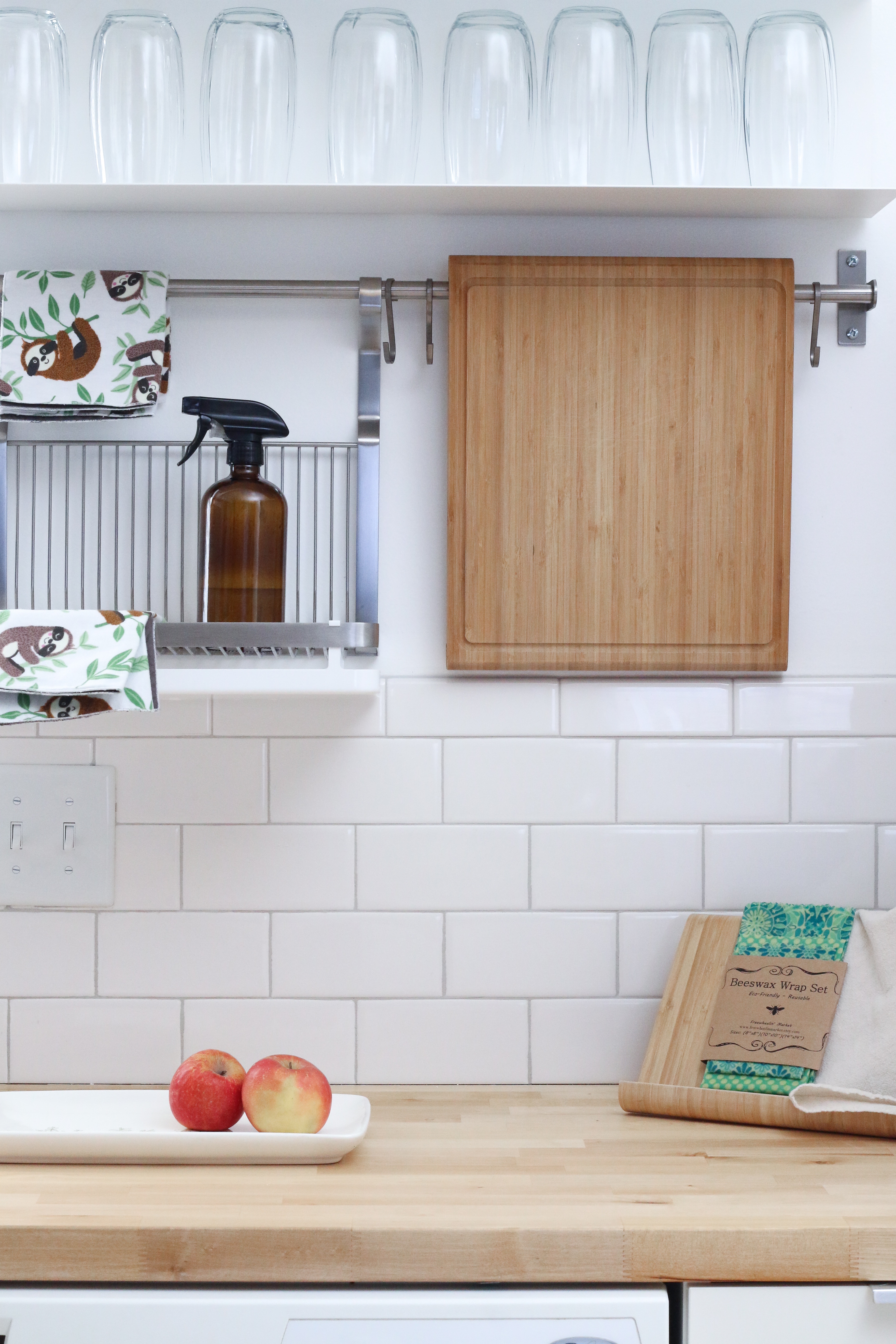There comes a point when technological innovations move from practical – such as being able to control your lights from a smartphone, to the unnecessary; such as this robot that can fold your clothes, or this mirror that is guaranteed to be terrible for self-esteem.
But sometimes all the tech in the world won’t be enough to bring your home into the future. With increased attention being paid to the amount that Australians consume and throw away; now is the time to look at our habits and mindsets, and to assess what no longer has a place in our modern lives. This is especially important when it comes to creating a modern, passive home.

What is a passive home?
A passive home is a home that meets high energy efficiency standards that lower the building’s carbon footprint. It overall requires very little energy to heat or cool the built environment. This is done by designing the home to general passive house principles and ensuring a high level of insulation, good solar access for passive heating in the colder months, adequate shading for warmer months and sealing the building envelope.
We believe that creating a passive home also includes using products, materials, appliances and energy systems that last and have a low, or preferably no impact on the environment from a carbon footprint and life cycle perspective.
By employing proven sustainable building practices and using quality, reliable appliances and fittings; you can take your home’s efficiency to the next level, reduce your carbon footprint, and potentially eliminate your reliance on fossil fuels and natural gas. This can all be done while creating a beautiful and comfortable home.

This is demonstrated repeatedly by progressive and sustainable architecture firms, such as Ben Callery Architects.
Ben Callery Architects are a Melbourne based sustainable architecture firm; who specialise in designing creative, sustainable homes. They have just completed one project that is entirely off the grid.
Ben says that in the past; having a home that looks beautiful used to be a priority for many, and sustainability was often an afterthought – if thought about at all. These days, however, Ben believes we have woken up, and many people prioritise making their home more sustainable – setting a new standard for Australian households.
So where do we start when making our homes more sustainable?
Beyond being mindful about electricity and water usage, there is no single set of rules that apply to any one situation. However, there we can all agree on some basics that we should keep in mind.
Here are some of the ways you can make your home more energy efficient, many of which don’t require renovations.
Double down on windows
Use double glazing on windows – a simple first step that anyone would recommend.
Level up your labels
Don’t compromise on energy-sucking electronics and whiteware. Check the Energy Rating label and go for the highest possible.
How to read the energy rating label
Don’t skimp on solar
If you live in Victoria, solar is a no brainer. Make sure you are using the right solar panels for your home, and position them in a way that maximises their potential. This is one of the best things you can to do to not only dramatically cut your electricity costs, (with, or without a battery – find out if a battery is right for you), but also the significantly reduce your environmental impact.
Like whiteware and appliances, solar panels do come in various levels of quality. With solar being more affordable now than ever, there is no excuse to sacrifice performance and add more waste to the environment in a few years when you need a replacement, for the sake of a few bucks saved on a low-quality system. Beware of cowboys trying to hock this stuff.
If you’re unsure if solar is right for you, most providers will happily chat with you to discuss your situation. We offer free at-home assessments as well, get in touch if you would like to talk..
Insulate and seal the building envelope
This principle is easy to get right and relatively cheap to achieve, but so many modern buildings fail dismally. If you are building or renovating your home, take the time to understand how much insulation is going into your home and make sure the builder and installer know how vital an airtight home is to your end goals.
Use efficient heating and cooling systems
At Solar Flow, we believe that the most efficient system on the market at the moment is by and far, the Sanden Eco Plus Hot Water System. Many have claimed to save a fortune with these systems – they are incredibly efficient, made of the highest quality materials and are built to last. From start to end with the manufacturing process, Sanden really does take great care in ensuring their impact on the environment is minimal.
We would talk about others, but we don’t believe any compare.
Consider shading
In Melbourne, we have hot summers, and we want to block out the summer sun. Ben and his team often design deep eaves onto buildings to control the summer sun.
The eaves are also designed to allow low winter sun to penetrate into the house and facilitate passive solar gain.
There are other ways of providing shade apart from eaves. Ben says that sometimes a
with a deciduous vine growing on it can be significant – particularly for an east or west facing window.

Sometimes neither an eave or a pergola is appropriate, and you are better off having an adjustable form of shading that can be operated daily or seasonally. This may free you up to do something a little different without worrying about shading.
Final word
Every home is different, and every families needs, budget and priorities differ. The bottom line here is every decision we make when updating our home can either add to or take away from our carbon footprint. We are now all responsible for doing what we can to leave something resembling this planet for future generations.
If you would like some passive home inspiration, check out Ben Callery Architects.
To discuss your solar, or hot water needs, contact us.
